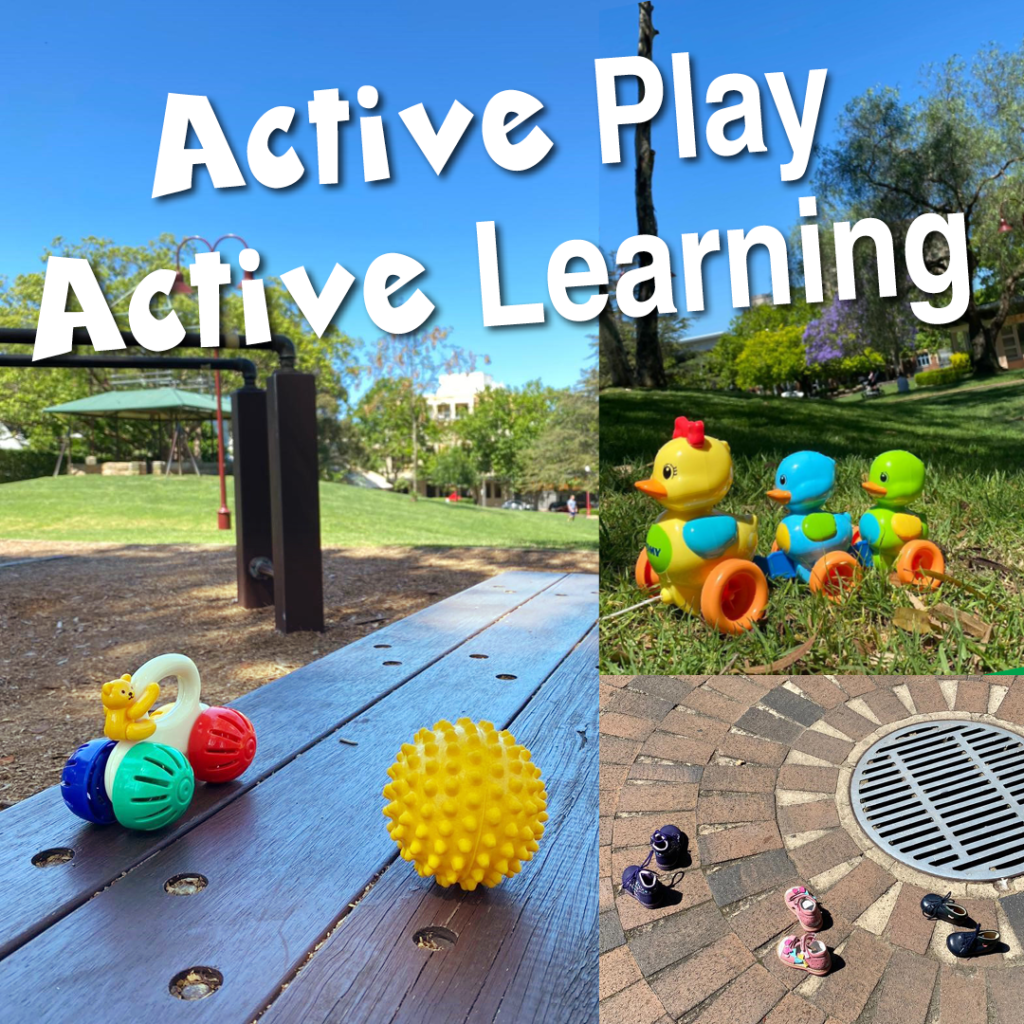
“My child can walk, hooray!”
I get your excitement. Walking is a huge milestone in a child’s life.
This newfound mobility and independence is exciting (and sometimes nerve wracking!) for parents and children alike. Learning to walk is so much more than the skill itself. It means that a child has worked out how to move about in a way that will help them explore new places and investigate new things that they couldn’t before.
So now that your child can walk, what next?
It’s true that most children learn to walk without being ‘taught’. They learn through observation and by trying, falling, and trying again.
Now that your child can walk, they will need to keep on trying, falling, and trying again, as they challenge themselves further in active play. We can do this by tapping into their quest for mastery, and supporting them as they explore their world. You need to extend these experiences beyond your home environment, because your child also needs to master outdoor spaces.
The outdoors present unique opportunities to support your child’s development. For example, walking up the gentle slope of your driveway will help to strengthen your child’s legs, whilst walking back down will help them to develop balance and coordination as they pick up speed and try not to fall over.

Local parks motivate your child to be curious
Local parks offer areas where children will naturally become curious. Climbing over tree roots to hide behind a tree encourages children to look at where they are stepping, pick their feet up and further develop their balance. Toddlers often start off by placing their foot onto the obstacle, e.g. stepping onto the tree root rather than stepping over it. With practice, they explore how to manage obstacles and learn how to be successful at navigating them. Without practice, they wouldn’t build the confidence to keep trying, to master new skills and to be more independent.
Explore beyond the play equipment
Purpose-built playgrounds are a great gathering space where children can have fun as they explore equipment. But often our open spaces, both green and concrete, offer more opportunities for exploration, play possibilities and a chance to make the place their own.
Encourage your child to navigate over the unevenness of the ground, allowing your child to use their walking to explore. Squatting down to pick up twigs or stones from the ground is natural for toddlers, and without realising it, they are strengthening their legs. Allowing your child to walk barefoot can be a sensory feast for your child; the feeling of cool prickly grass in the shade, the warm soft grass in the sun, the gritty concrete path and the stones that prick their toes.
Reconnect with local play spaces
Learn more about ACTIVE PLAY ideas that can support your child in ACTIVE LEARNING. Follow us on Instagram and Facebook as EarlyEd regularly brings you play ideas to try in your local community. Funding from Chatswood RSL Club LTD ClubGRANTS 2020 for a play spaces project called Reconnect With Local Parks for the Willoughby City Council areal has enabled us to bring you a new series of outdoor and active play activities. These are ways you can creatively use play spaces, especially the ones right on your doorstep, to support your child to meet their next milestones and ultimately become active players within our community.
The play ideas we will bring you through this grant are grouped under the 3 principles from the Everyone Can Play (nsw.gov.au) guidelines for inclusive play spaces.
We will show you how you and your family “Can Get there”, “Can Play” and “Can Stay” so that your family can take part in inclusive play opportunities in your area.
At the heart of Everyone Can Play is the recognition that play is for everyone – regardless of age, ability or cultural background.
Dee Barrow
Paediatric Physiotherapist, EarlyEd

